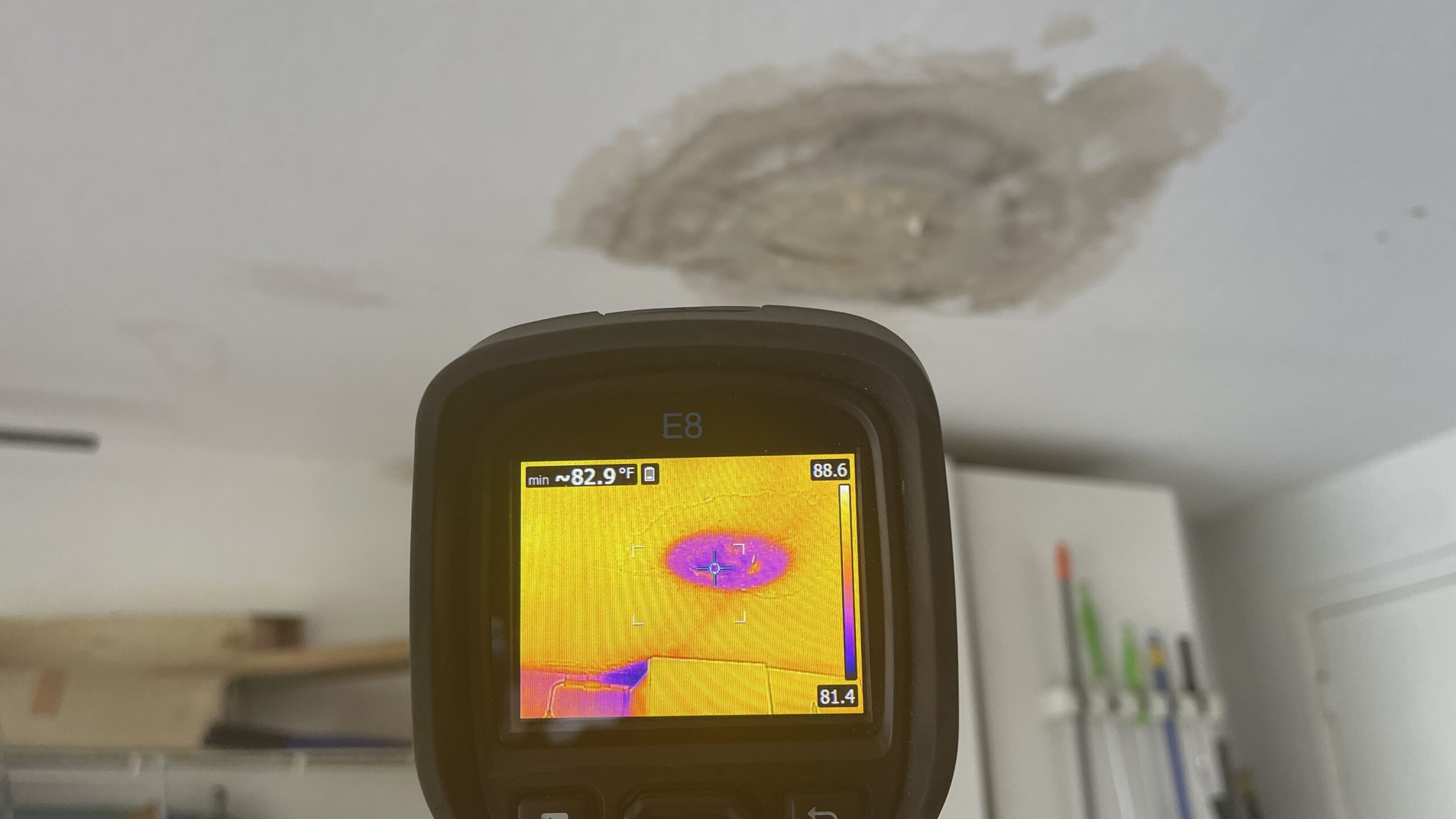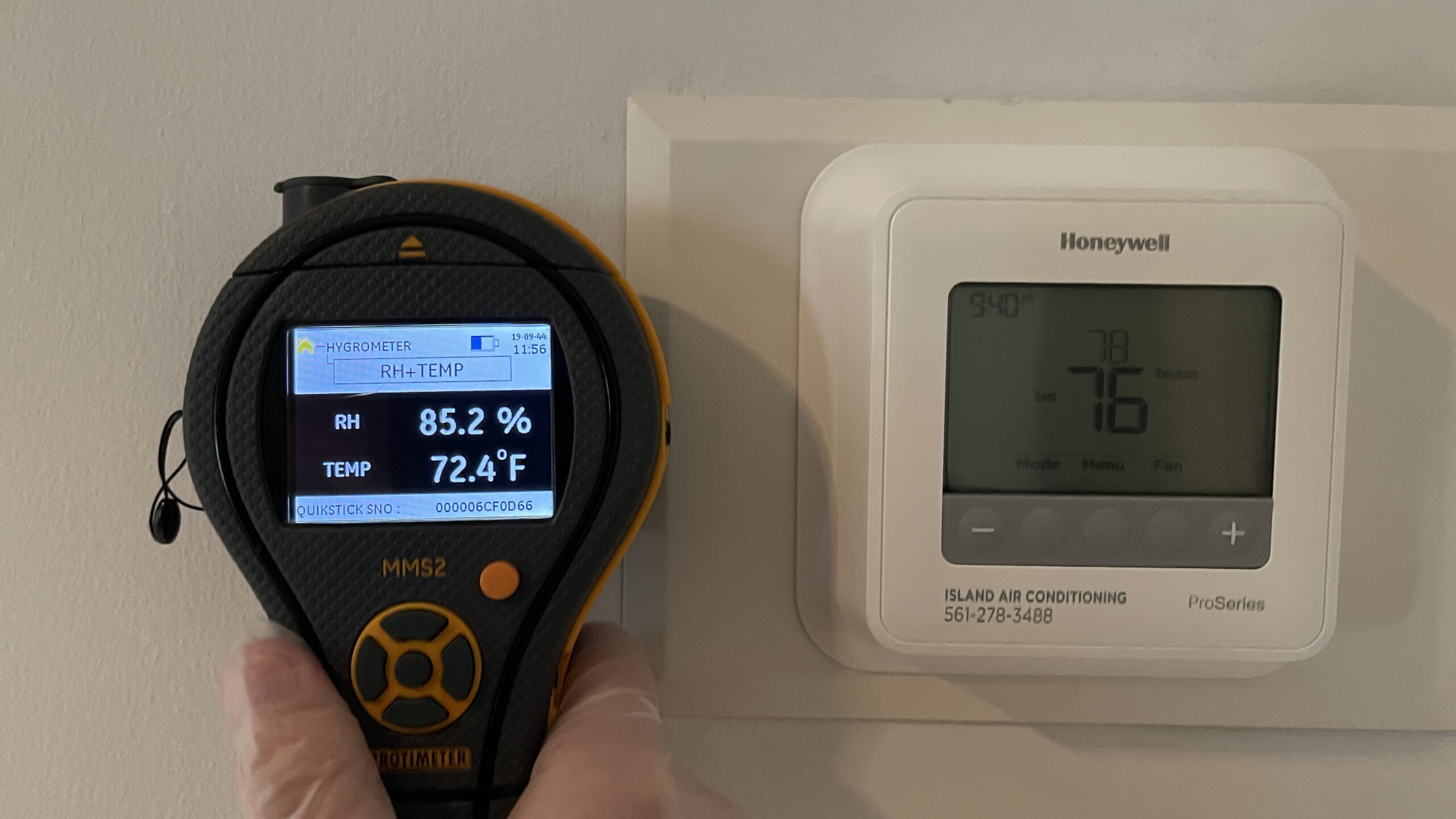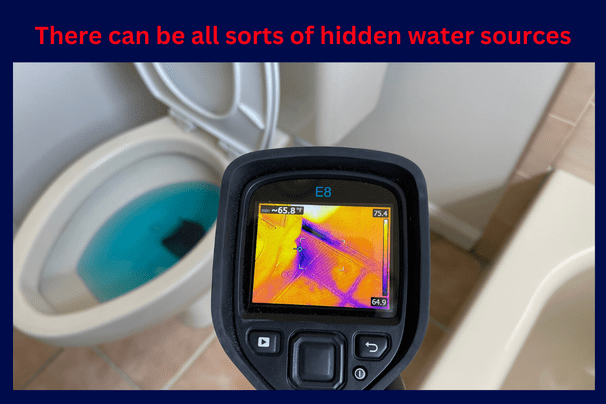Top 10 Mold Prevention Tips to Protect Your Home
Maintaining effective mold prevention is crucial for ensuring a healthy and comfortable living environment. Mold flourishes in moist conditions and can lead to significant property damage as well as health issues for residents. Fortunately, by implementing several proactive strategies, homeowners can significantly reduce the likelihood of mold development. Below are ten professional recommendations for preventing mold growth:
Address Leaks Promptly
All forms of water intrusion, regardless of magnitude, supply the moisture necessary for mold proliferation. Whether stemming from plumbing, roofing, or window defects, timely remediation is essential. Mold growth may commence within 24 to 48 hours of exposure; therefore, swift action mitigates both risk and potential insurance complications, as most policies only cover sudden and accidental incidents.
Dry Wet Areas Without Delay
Immediate drying following leaks or spills is imperative to inhibit mold. Since mold spores require moisture to develop, utilize fans, increase ventilation, or deploy dehumidifiers to expedite the drying process. Pay particular attention to absorbent materials like carpets, walls, flooring, and furniture, as prompt drying minimizes the chance of mold colonization.
Control Indoor Humidity (50%–55%)
Maintaining relative indoor humidity between 50% and 55% deters mold growth. Employ hygrometers to monitor levels, and utilize dehumidifiers, air conditioning, and proper ventilation as needed to regulate and sustain optimal conditions for occupant health and comfort.


Operate HVAC Systems to Manage Humidity
Beyond temperature regulation, HVAC systems play a vital role in moisture control. These systems should operate regularly to extract excess humidity, including during cooler months when air conditioning usage may decline. Extended shutdowns or elevated thermostat settings can enable unchecked humidity increases.
TIP: During cooler periods, consider modestly lowering thermostat settings or utilizing standalone dehumidifiers to maintain balanced moisture levels. Proper HVAC management is central to minimizing mold risk.
Schedule Annual Air Conditioning Maintenance
Consistent servicing of air conditioning systems detects and prevents moisture-related issues. Symptoms such as condensation on or near vents may indicate system malfunctions conducive to mold. Regular maintenance ensures efficient operation, prevents unnecessary energy expenditures, and safeguards against moisture accumulation.
Ensure Window Seals Are Intact
Windows are common points of water ingress. Deteriorating or improperly installed seals, caulking, and weather stripping permit water penetration into structural components. Inspect windows periodically for deficiencies, addressing them as necessary to maintain an effective barrier against external moisture.
Prevent Water Accumulation Around Foundations
While foundations are waterproofed below grade, lateral water pooling poses a threat. Excessive groundwater adjacent to foundation walls can raise internal humidity and result in material saturation. Landscaping should direct water away from the structure, and supplemental drainage solutions—such as French drains—should be considered for persistent challenges.
Exercise Caution With Planter Boxes Adjacent to Exteriors
Planter boxes and garden beds abutting exterior walls can facilitate moisture migration into building envelopes. To mitigate risk, place planters at a distance from walls or install impermeable barriers to prevent soil moisture transfer.
Remove Debris from Roofs and External Walls
Organic debris on roofs and against walls retains moisture, thereby fostering environments amenable to mold. Consistently clear gutters, roofs, and exterior perimeters to ensure adequate drainage and minimize the potential for structural compromise.
Enhance Ventilation in Areas Prone to Moisture
Effective airflow, particularly in bathrooms, kitchens, basements, and laundry areas, is integral to limiting mold. Install or routinely service exhaust fans and encourage natural ventilation to manage humidity and condensation, thus inhibiting mold establishment.

Conclusion
By adhering to these ten comprehensive mold prevention practices, homeowners can substantially diminish the incidence of mold within their properties. Robust moisture management, ongoing maintenance, and timely intervention are fundamental to safeguarding both the home and its occupants’ well-being. Prioritize mold prevention to maintain a safe and healthy living environment.
Trusted Advice — Proven Results
Homeowners trust our mold prevention tips because they’re built on real-world experience, proven science, and a deep understanding of how moisture and mold affect Florida homes. We don’t just offer generic advice — we provide practical, effective solutions that protect your property and your family’s health.
If you’re concerned about moisture in your home, suspect mold growth, or simply want expert advice, we’re here to help. Our team specializes in mold inspections, prevention, and remediation, using advanced technology and proven methods to get the job done right.
Don’t wait until a small moisture issue becomes a big, expensive problem.
Reach out today — whether you need guidance on prevention or professional help with a mold issue, we’re ready to assist.
Call us today for a free consultation or emergency service.


